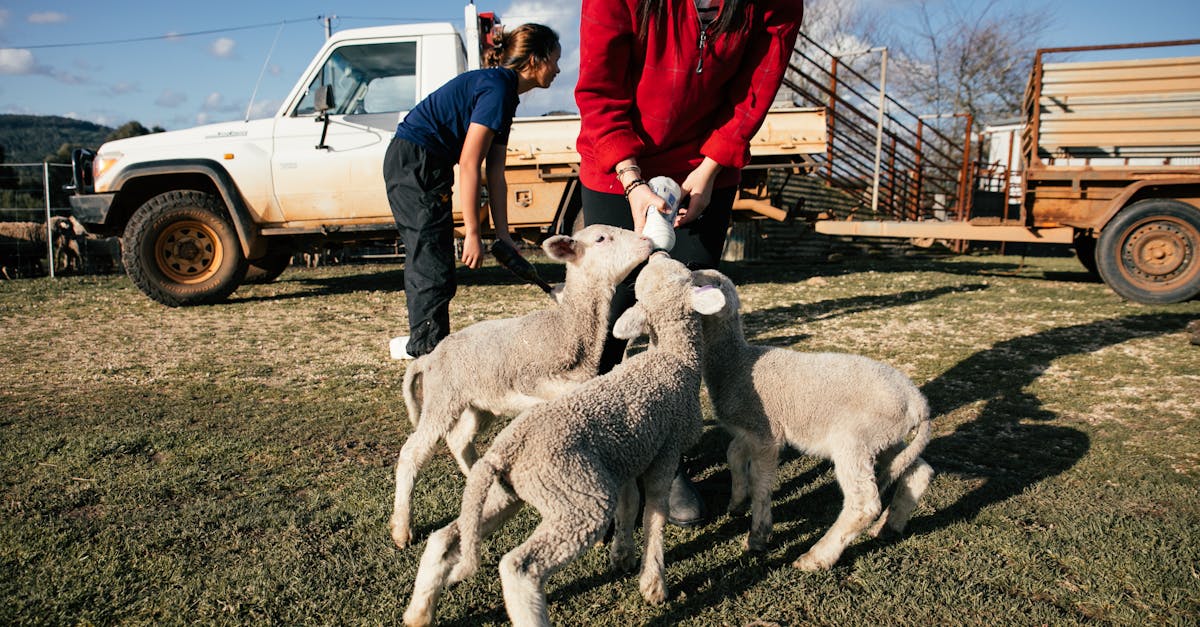Ever wonder why the price of milk has been steadily increasing? Picture this: you’re at the grocery store, and you notice that the cost of a gallon of milk has jumped again. It’s no surprise that many of us are feeling the pinch in our wallets. As someone who has been closely observing this trend, I’ve come to realize that the rising cost of milk is a multifaceted issue. Let me tell you why this is happening and what it means for all of us.
The Supply Chain Conundrum
The Complexity of Milk Production
You might have experienced this firsthand: the frustration of seeing your grocery bill rise week after week. The thing is, milk production is a complex process that involves several stages, from farm to table. It dawned on me that each of these stages can be a potential bottleneck, leading to increased costs.
-
Dairy Farming: Imagine if you were a dairy farmer. The costs associated with maintaining a herd of cows, including feed, veterinary care, and labor, have been rising. Studies show that feed prices have increased significantly due to various factors, including climate change and global supply chain disruptions.
-
Processing: Once the milk leaves the farm, it needs to be processed. This involves pasteurization, homogenization, and packaging. The machinery and labor required for these processes are not cheap. Moreover, energy costs for running these operations have also been climbing.
-
Transportation: From processing plants, milk needs to be transported to retailers. Fuel prices have been volatile, and this directly impacts the cost of transportation. If you’ve ever filled up your gas tank, you won’t believe how much this can add to the overall cost of milk.
Global Factors at Play
It’s interesting how global events can impact local prices. For example, the war in Ukraine has disrupted global grain supplies, which in turn affects feed prices for dairy cows. Additionally, trade policies and tariffs can also play a role. From what I’ve seen, these global factors create a ripple effect that ultimately hits our grocery bills.
The Role of Labor Shortages
A Workforce in Decline
Here’s a thought: the labor market has been facing significant challenges. The dairy industry is no exception. I’ve learned that many dairy farms are struggling to find enough workers. This might sound strange, but the pandemic has exacerbated these labor shortages, leading to increased wages to attract and retain workers.
Automation: A Double-Edged Sword
In my opinion, automation is a double-edged sword. While it can help alleviate some labor issues, it also requires significant upfront investment. Small to medium-sized dairy farms may not have the capital to invest in such technology, further straining their finances. It goes to show that while automation has its benefits, it’s not a one-size-fits-all solution.
Environmental and Regulatory Pressures
Sustainability Costs
If you’re like me, you care about sustainability. However, sustainable farming practices often come with higher costs. Organic feed, environmentally friendly waste management systems, and other green initiatives are more expensive than conventional methods. I guess you could say that the push for sustainability, while necessary, also contributes to higher milk prices.
Regulatory Compliance
It hit me that regulatory compliance is another significant factor. Dairy farms must adhere to stringent health and safety regulations, which can be costly to implement and maintain. These regulations are essential for ensuring the quality and safety of our milk, but they do add to the overall cost.
Consumer Demand and Market Dynamics
Changing Consumer Preferences
What I’ve noticed is a shift in consumer preferences. There’s been a growing demand for plant-based milk alternatives. This shift impacts the dairy market dynamics, as traditional dairy producers may face reduced demand, leading to higher prices to maintain profitability.
Market Consolidation
It’s clear that market consolidation also plays a role. Larger dairy companies have more negotiating power with retailers, which can sometimes lead to higher prices for consumers. Smaller producers, on the other hand, may struggle to compete, further driving up costs.
Economic Inflation and Its Impact
The Inflationary Spiral
You’d be surprised how much general economic inflation affects specific commodities like milk. As inflation rises, the cost of everything from feed to packaging materials increases. This, in turn, drives up the price of milk. It’s a vicious cycle that’s hard to break.
The Role of Monetary Policy
Here’s a quick story: I was reading about how central banks’ monetary policies can influence inflation. When interest rates are low, borrowing is cheaper, leading to increased spending and, consequently, higher inflation. This macroeconomic factor trickles down to affect everyday items, including milk.
What Can Be Done?
Supporting Local Farmers
One time, I visited a local farmers’ market and spoke with a dairy farmer. It dawned on me that supporting local farmers can make a difference. By purchasing milk directly from local producers, we can help them stay afloat and potentially reduce costs.
Advocating for Fair Policies
Imagine if more people advocated for fair trade policies and better support for dairy farmers. This could help stabilize the industry and keep prices in check. Advocacy at both the local and national levels can lead to meaningful change.
Embracing Technology
While automation is costly, there are other technological advancements that can help. For instance, precision farming techniques can optimize feed use and improve overall efficiency. Investing in such technologies can be a game-changer for the dairy industry.
The Road Ahead
The truth is, the rising cost of milk is a complex issue with no single solution. However, by understanding the various factors at play, we can better navigate this challenge. It’s interesting that while the cost of milk may continue to rise, there are steps we can take to mitigate its impact.
In my opinion, supporting local farmers, advocating for fair policies, and embracing technological advancements are crucial. If you’re like me and want to make a difference, consider these actions. It’s clear that while we may not have all the answers, we can make informed choices that benefit both our wallets and the dairy industry.
So next time you see the price of milk go up, remember that it’s not just a simple case of inflation. There are numerous factors at play, each contributing to the overall cost. By staying informed and taking proactive steps, we can help create a more sustainable and fair dairy market for everyone.













